Did you know that on around 2.4 million people commute through Delhi metro on a daily basis? The Metro has revolutionized the country’s public transport scenario and Delhiites cannot imagine their life without it. Why? Because at the time when the vehicles on the road refuse to budge for hours, the metro cruises along smoothly across the entire city, saving your time and energy. Besides you are greeted by cool air, in scorching Delhi heat and that makes life a lot easier.
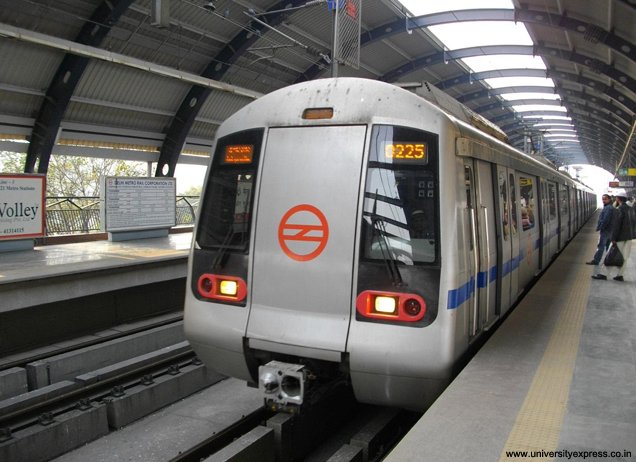
Spending a considerable chunk of money on petrol burns a hole in your pocket in a place like Delhi and at the same time you trouble yourself every single day by leaving your house nearly one to two hours before work to beat the rush hour. Returning home after work is another mammoth task in the city. This is where the mass rapid transit comes into the picture.
Getting the metro in Delhi hasn’t been an easy task, but thanks to E. Sreedharan and his team, who worked relentlessly to give us the metro, at a time when the traffic in the city had gone from bad to worse.

Did you know that Delhi Metro boasts of highly sophisticated technology which was previously not known to the country? Here are some facts that you may not have heard about:
1. The deepest point of Delhi Metro is 45 meters below the Rajiv Chowk station. It is the airport express, which carries around 5 lakhs passengers per day.
2. The Delhi Metro is friendly for the specially-abled. The lifts contain braille buttons. Also the buttons are placed low so that people on wheelchair can access them and the coloured paths at different stations help people go across stations. Besides this, all stations have ramps built right at the entrance so that wheelchair-bound people can move around the station with ease.
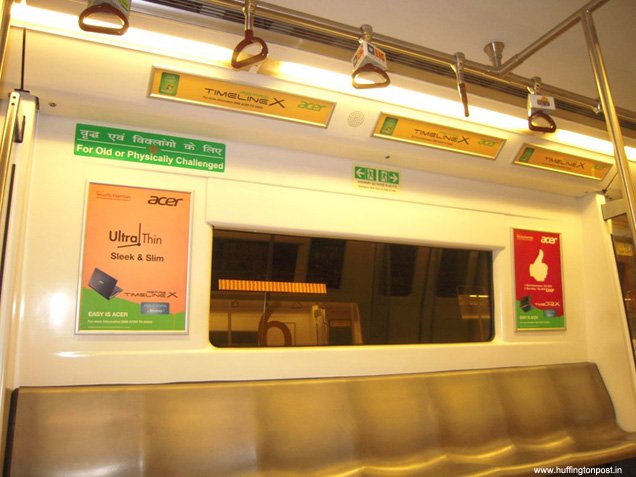
3. The DMRC escalators have a saree guard feature (apart from the emergency stop button) that deflects loose clothes like sarees from getting trapped.
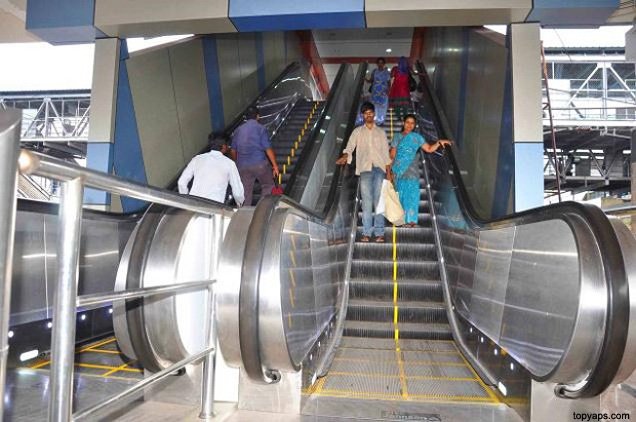
4. DMRC became the first Metro or Railway project in the world to be registered by the United Nations under the Clean Development Mechanism (CDM) which has made it possible for it to claim carbon credits.
5. The metro has a Regenerative Braking System which helps it conserve 30% of electricity. How? The three phase traction motors on trains, produce electricity when the train brakes. This energy is routed to the overhead electricity lines so that the other accelerating trains can use this power.
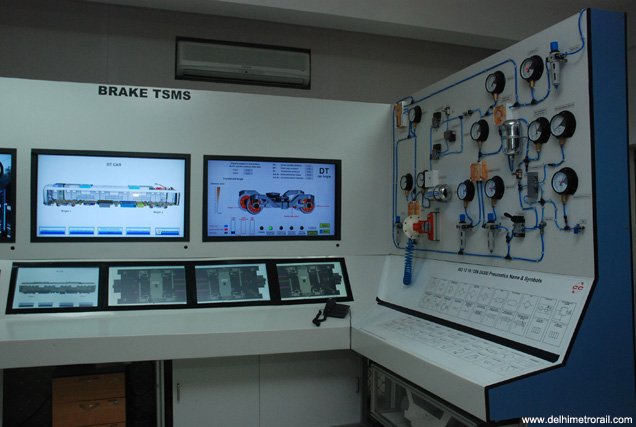
6. These yellow tactile strips that you see on the stations are the pathways for the visually impaired commuters and lead them to the lifts and to the exits.
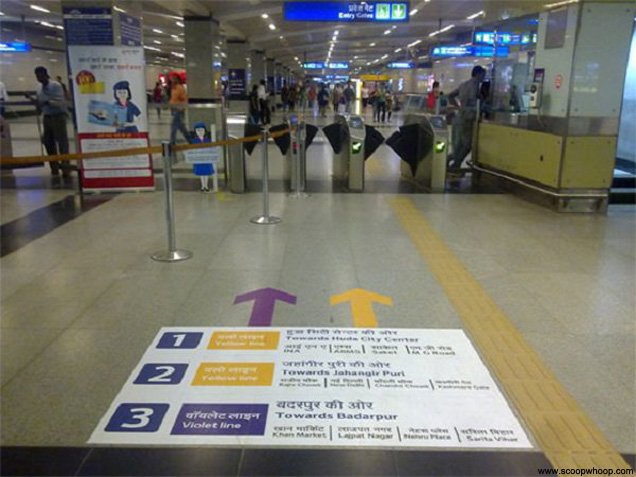
7. As the Delhi Metro covers more ground, more and more people are opting to commute through this mode of transport. The Metro has 200 trains which cover 70,000 km everyday on 190-km-long Metro corridors in Delhi.
The Metro is all set to become a Smart Train in 2016. In the coming times, Metro is all set to incorporate these features:
- On-board CCTV cameras with the inside and outside view of the train which are directly linked to the control center.
- Dynamic route maps which let the passenger know about their journey status.
- USB slots have also been provided for charging devices.
- Passenger space has increased by 240 persons, which makes a total of 2280 persons being ferried at once.
- Much more energy efficient in terms of the LED lights which have been used and better regeneration of energy after application of brakes.
- Each coach has been fitted with 18.5 inch LED screens which are going to run audio visual messages and commercials.
- To add a bit of colour, fiber reinforced plastic seats have been installed.
The Delhi metro is a modern marvel. It has shot up the city’s status in terms of being world class. It has drastically reduced the average commuter’s dependence on buses and private vehicles. Figure this; you are bound to spend more on a bottle of coke than on travelling via metro.
The latest figures of 2015 have revealed that the daily ridership is a whopping 2.6 million as compared to a mere 80,000 in 2002, when the Delhi metro first began its operations. It has become the second best metro in the world in terms of its environment friendly construction after the New York subway. The DMRC is also looking forward to harnessing solar energy. Without it, the city becomes virtually paralyzed. It is what keeps the city running.






